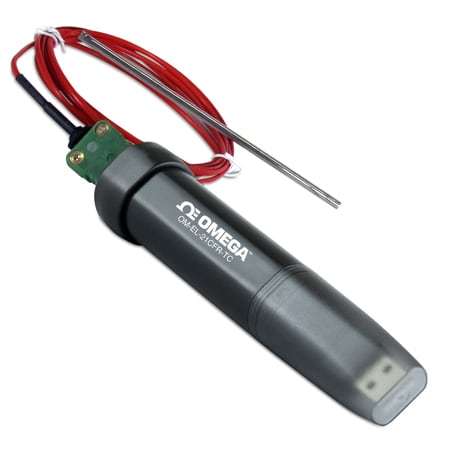The safe transportation and delivery of sensitive perishable goods across the country and around the globe is an essential aspect of modern life. In many industries, the quality and safety of products can degrade with time – something that can often be mitigated if that product is kept in a low temperature environment. It takes expertise, coordination, and the right equipment to transport and deliver products efficiently and within a targeted temperature range. To ensure that specific temperature ranges are maintained for specific products, businesses increasingly rely on cold chain compliance.
What is a Cold Chain?
A cold chain is a supply chain in which a low temperature is strictly controlled. Comprised of a series of refrigerated production, storage, and distribution procedures – as well as the necessary equipment – an unbroken cold chain ensures the quality and the safety of a product by consistently maintaining a desired low-temperature range. Cold chains are used in many industries today, most commonly in the food & beverage industries and the pharmaceutical industry. Produce, dairy, seafood, and vaccines are all temperature sensitive products that we rely on everyday – their safe and efficient transportation is extremely important to the daily lives of all Americans.
Moving a product across a cold chain without suffering any temperature setbacks or anomalies requires the establishment of a comprehensive logistical process – comprised of several steps ranging from transportation preparation to final verification of the integrity of the product. One integral step in this process is quality assurance. This step provides an opportunity to identify the source of problems and/or anomalies and to find corrective actions – as well as an opportunity to build trust and accountability.
Constant, accurate monitoring is necessary to assess the effectiveness of the cold chain – and to ensure the quality of the product. To monitor temperature, temperature data loggers are commonly used.
What is a Temperature Data Logger?
A temperature data logger is a particular type of data logger optimized or configured for temperature probes or temperature sensors – and humidity sensors, too, if the temperature data logger also functions as a humidity data logger. Often battery powered, a temperature data logger accepts one or more sensor inputs, sampling and saving data at a predetermined frequency. At the end of the acquisition period the logger is recovered, and the data is downloaded onto a PC for analysis. Some data loggers even transmit the measurement results to a PC wirelessly, or via ethernet, or to a storage device such as an SD memory card, eliminating the need for field visits.
For logging ambient environments, data loggers with integrated precision sensors create a compact, lightweight recording device useful for logging temperatures experienced in-transit – as might be required when shipping perishable produce, such as eggs.
The OM-EL-21CFR Compliant Data Logger
Omega’s new OM-EL-21CFR Ultra Low Temperature Data Logger is designed to meet today’s urgent need for the secure, traceable data logging of perishable goods throughout storage, transport, and delivery. The OM-EL-21CFR meets FDA Title 21 requirements ensuring that critical temperature data is recorded and reliably stored with tamper-proof encryption available for quick and easy audit.
A compact, standalone data logger, the OM-EL-21CFR can measure and store over 32,000 temperature readings with a range of -100°C to 200°C. It has a high contrast LCD temperature display and features LED indicator lights and custom programmable alarm functions. The OM-EL-21CFR is supplied with a type T thermocouple probe, a lithium metal battery (with a logging lifetime of two years), the free 21CFR software, and a calibration certificate.
With Omega’s OM-EL-21CFR Ultra Low Temperature Data Logger, users can tell at a glance if goods have been kept within their required temperature range and the free EZ LOG software ensures digital security and compliance – featuring full software and session audit trails with encryption to eliminate any tampering of data.


